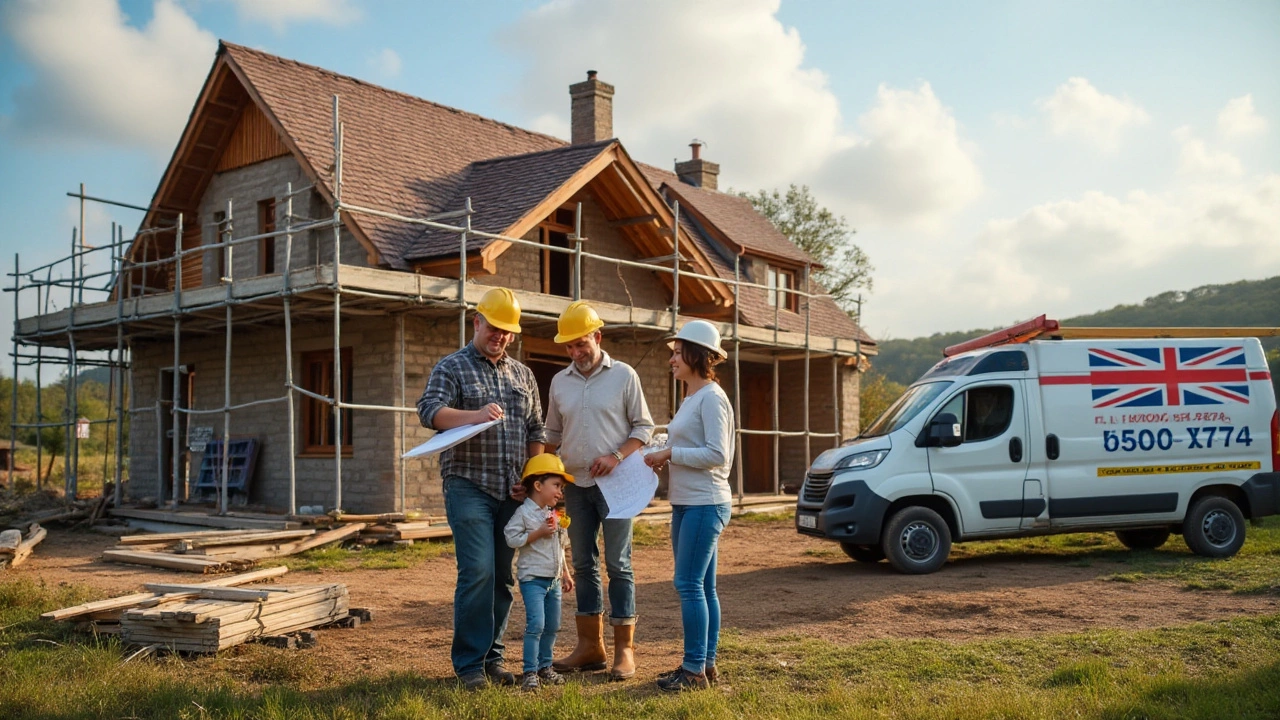House Building Costs: What You Need to Know Before You Build
Thinking about building a house? The excitement is real, but the price tag can be a surprise if you’re not prepared. Knowing where every pound goes helps you avoid nasty overruns and keeps the project stress‑free. Below you’ll find the biggest cost drivers, smart ways to save, and a few practical tips you can use right away.
Breakdown of the Main Cost Drivers
First up, land. In many parts of the UK, buying a plot takes up a big chunk of the budget—sometimes 30‑40 % of the total spend. Next is the structure itself: foundations, walls, roof, and windows. These are the “hard costs” that builders charge by the square metre. You’ll also need to budget for services like plumbing, electrical, and heating—these can add another 15‑20 % to the total. Don’t forget finishes: kitchen cabinets, flooring, and bathrooms are where the money really adds up. Finally, factor in professional fees (architect, surveyor, planning permission) and a contingency fund of at least 10 % for unexpected issues.
Tips to Keep Your Budget on Track
Start with a detailed spreadsheet that lists every line item and estimates a realistic cost. Compare at least three quotes for each trade; the cheapest isn’t always best, but you’ll see the market range. Stick to a realistic design—changing room sizes or layouts mid‑project can double labor costs. Where possible, buy materials in bulk or select off‑the‑shelf finishes that look good but cost less. And remember to schedule regular site checks; catching a mistake early is far cheaper than fixing it after the walls go up.
Location matters, too. Building in a remote area can raise transportation costs for both materials and workers. Urban sites often have higher labour rates but may save you on site access fees. If you’re flexible, check neighbouring plots for better rates or tax incentives.
When you’re unsure about a particular cost, ask the builder to break it down for you. A transparent quote shows exactly how much you’re paying for labour versus materials. It also gives you a clear point of comparison if you bring a second contractor into the mix.
Finally, don't overlook the post‑build phase. Landscaping, driveways, and external works can sneak into the budget if you wait until the house is finished. Plan these early and include them in your original estimate.
By keeping an eye on each of these areas, you’ll stay in control of your house building costs and end up with a home that matches both your vision and your wallet.

